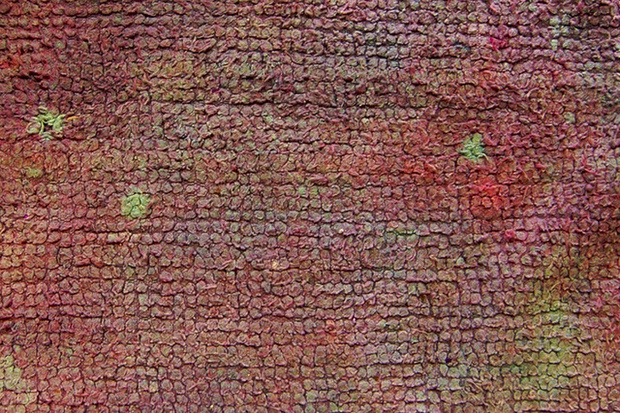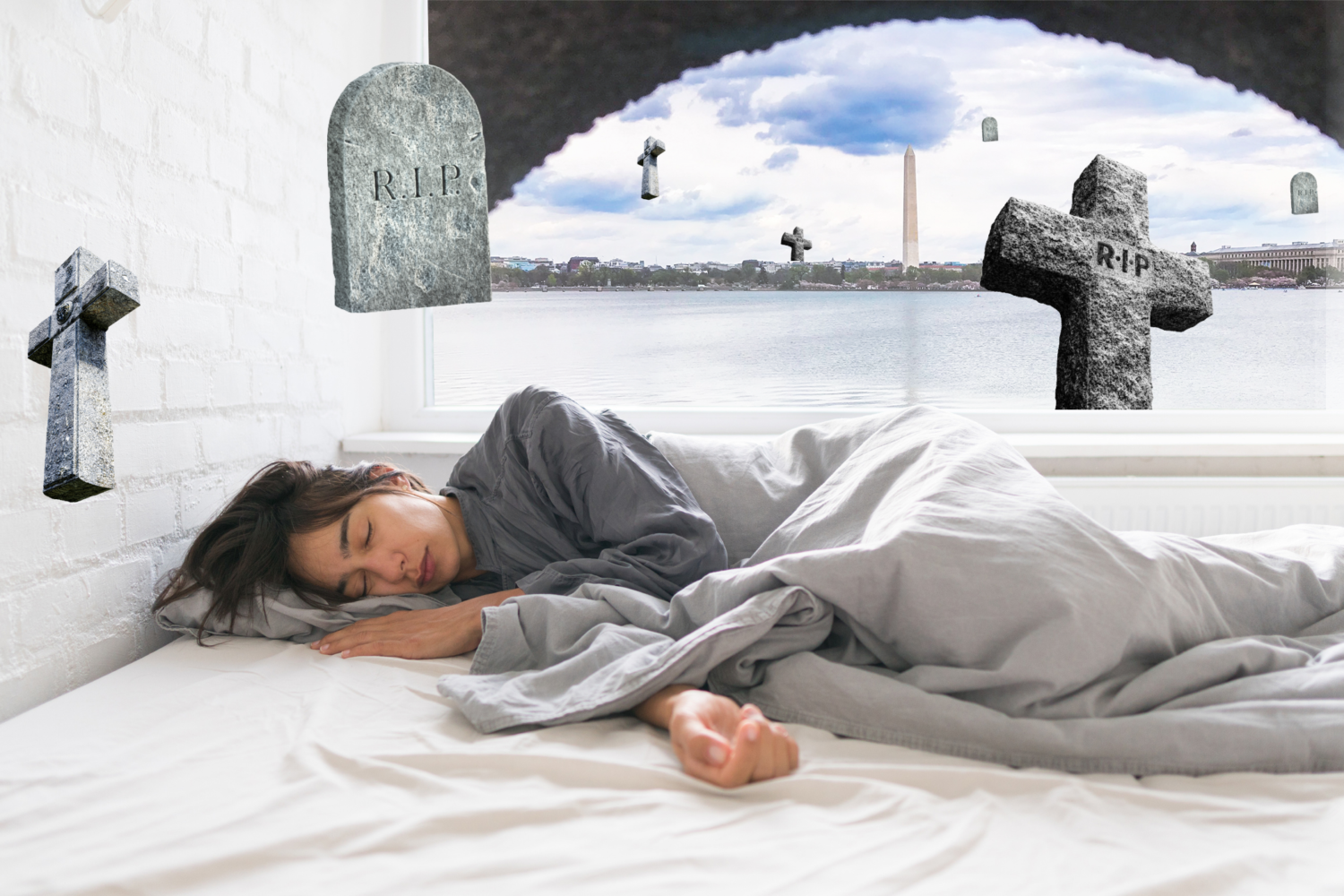Here’s a scary thought: The next time you enter a carpeted room, you’ll help send 37 million bacteria into the air within the hour.
But don’t be too alarmed, says Jordan Peccia, associate professor of environmental engineering at Yale University–less than 0.1 percent of the bacteria found indoors are actually infectious.
Still, the thought of all those microorganisms flying into your face–and the faces of any other unfortunate room occupants–is unsettling. Peccia’s study, which was published in the journal Indoor Air, found that the bacteria is left by previous occupants. Floor dust is the main culprit, and thus makes up most of the air we breathe. As Peccia says, “We live in a microbial soup.”
Researchers used a ground-floor university classroom to conduct their tests. For four days, the room was occupied; the next four days the room was left vacant. All windows and doors were closed, and heating and air conditioning systems operated normally.
What the researchers found was that whenever humans entered the room, larger bacteria and fungi particles increased. Eighteen percent of all bacterial emissions came from humans. The most common bacteria was Propionibacteriaceae, which is found on human skin.
Peccia says although bacteria is most prevalent in carpeted rooms, removing the carpets won’t necessarily help. Since we spend more than 90 percent of our time inside anyway, we’re still more likely to get infectious diseases indoors, Peccia says. The findings suggest that measures should be taken to improve air quality.



















